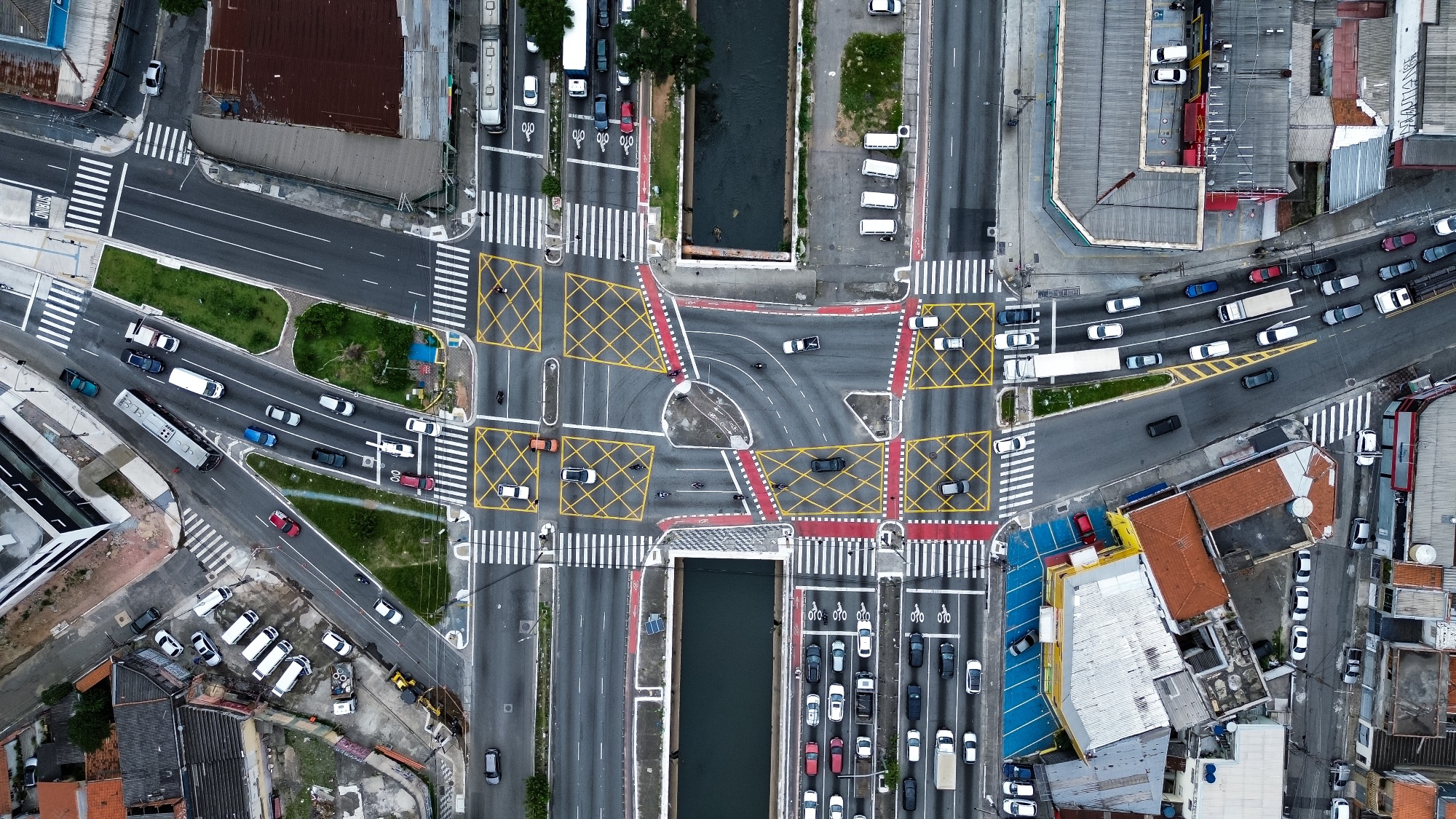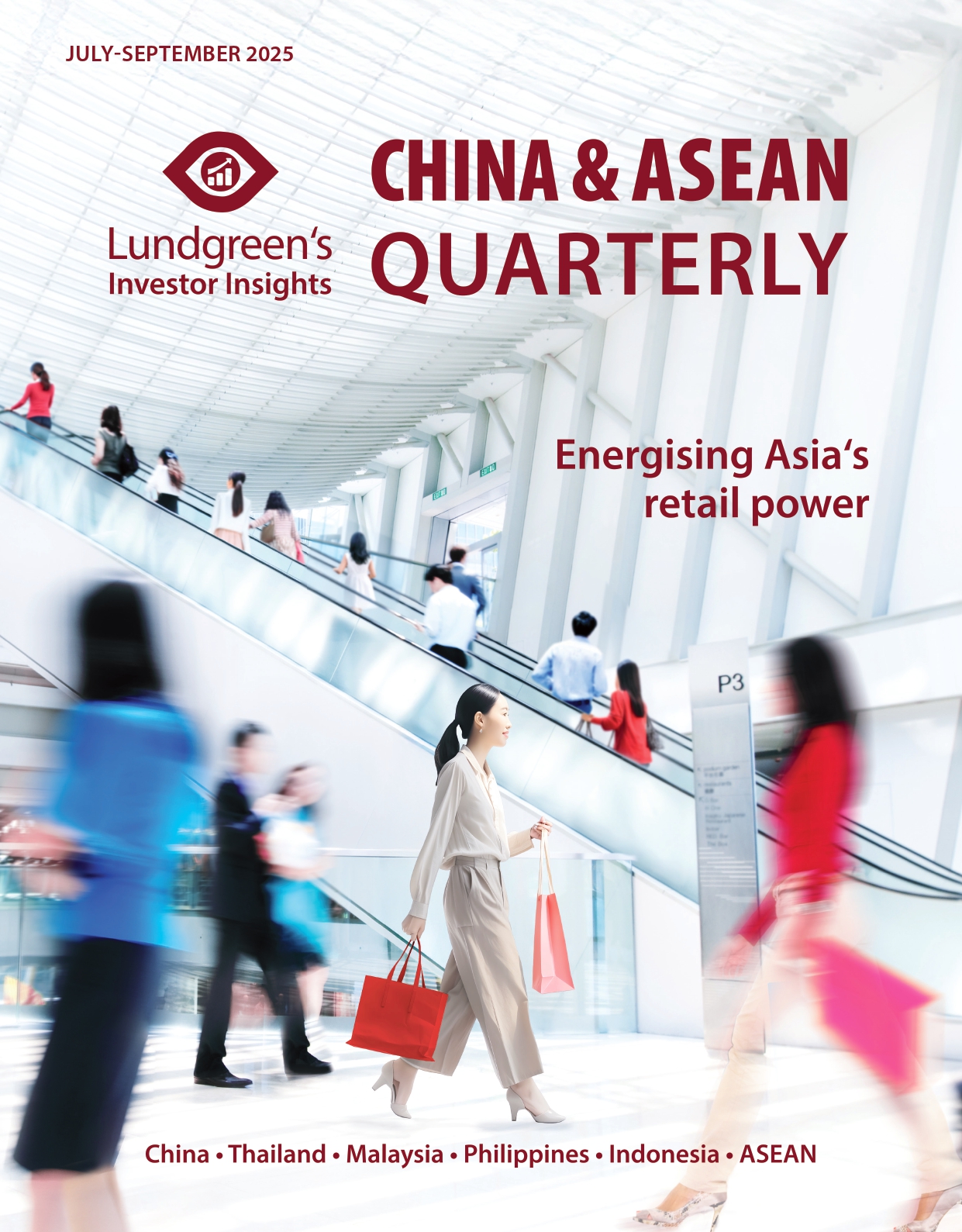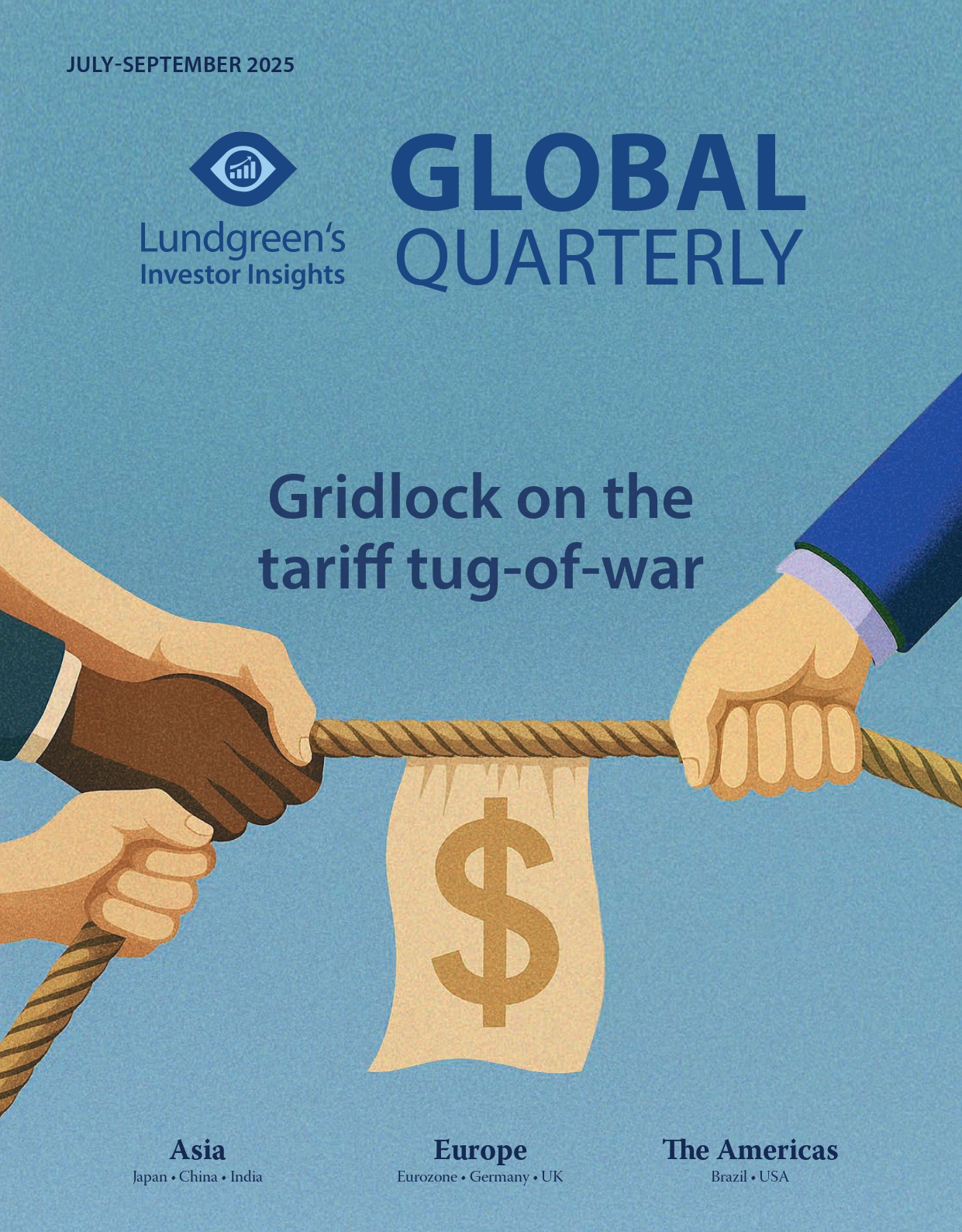Brazil’s economy heats up, and so do political and fiscal tensions
While global central banks hold steady, Brazil is charting its own path as it raises rates, battles inflation, and tests investor confidence.
The key interest rate in Brazil has reached 15 per cent since June 2025, its highest level since 2023. While global inflation remains under pressure due to the US-waged tariff war, the broader trend across major economies has been to hold interest rates steady. This was reaffirmed by the US Federal Reserve’s decision to maintain its rates for most of 2025. In contrast, Brazil is once again charting a divergent course. To understand why, one must consider the country’s domestic political landscape, fiscal imbalances, and strong economic activity.
Brazil’s economy has been growing steadily as its GDP rose by 2.9 per cent in the first quarter of the year, which slowed to 2.2 per cent in the succeeding quarter. Graph 1 shows that the Central Bank of Brazil’s (BCB) Economic Activity Index also indicated an above 4 per cent year-on-year increase just as borrowing costs were on the rise. This acceleration in economic activity further fuels inflation; for instance, the IPCA inflation index soared to 5.5 per cent in April, surpassing the BCB’s upper tolerance limit of 4.5 per cent. This building price pressure is a key factor behind the still-tight monetary policy.

Despite the strong growth, early signs of cooling are beginning to emerge, offering some optimism for a disinflationary trajectory. Although unemployment rose to 7 per cent by end-March before easing to 5.8 per cent in the second quarter, this remains to be the lowest rate for that month since the Continuous National Household Sample Survey began in 2012. Given the highly uncertain outlook driven by both domestic fiscal risks and global trade dynamics, the restrictive monetary policy is expected to slow down economic activity in the coming months.
This high-rate environment presents compelling opportunities for investors seeking returns tied to the Selic rate. With interest rates potentially peaking, pre-fixed fixed-income instruments have become more attractive. Treasury bonds such as the IPCA+ 2029 currently offer a real return of around 8 per cent per year.
Declining public approval, fiscal deficit
Despite positive economic indicators, the public appears unconvinced about Brazil’s prospects under a Lula presidency. With only a year left until the next presidential election, efforts to restore public confidence are intensifying. According to the April 2025 Quaest poll, disapproval of the federal government has reached 57 per cent—the poorest performance since President Luiz Inácio Lula da Silva began his third term. This figure improved to 51 per cent in August, although net disapproval persisted towards the Lula administration.
More concerning for the current administration is the erosion of trust among citizens earning amounts equivalent to up to two minimum wages – an income group considered part of Lula’s most loyal pool of supporters. To remedy this, Lula’s government has proposed immediate-impact measures such as subsidised credit lines amid high interest rates. Other initiatives include providing easier financing schemes for motorcycle purchases and launching a youth entrepreneurship credit program.
On the fiscal front, the consolidated public sector recorded a primary deficit of BRL 44.5 billion (USD 8.3 billion) in July, wider than the BRL 43.4 billion (USD 8 billion) budget gap recorded the previous year. The July figure reversed a budget surplus recorded earlier in the year as improvements in federal revenue collections have been offset. Further, Graph 2 shows that the gross general government debt rose by nearly a full percentage point in July to 77.6 per cent of GDP – the highest since November 2024.

More taxes, more uncertainty
To partly offset the increasing government debt, Brazil’s Ministry of Finance has been advocating to raise the Tax on Financial Transactions (IOF), which is the duty levied on credit, foreign exchange, and insurance-related transactions carried out within the country.
Despite the intention, the move not only caused discomfort and tension between branches of government but also highlighted long-standing disagreements and raised concerns about the government’s overall economic strategy. For instance, the decision publicly exposed a misalignment between the Ministry of Finance and the BCB. The markets were quick to interpret this as serious institutional noise, heightening perceptions of risk and increasing both legal and fiscal uncertainty that indirectly fuel investment jitters. As a result, investors began demanding higher returns to compensate for the perceived higher risk, undermining the predictability required for long-term investment planning.
The planned IOF hike will push up the rates on various financial assets and securities. However, not all investments would be affected, as some instruments such as Agribusiness Receivables Certificates, Real Estate Receivables Certificates, and Financial Bills remain tax exempt. Nevertheless, the measure has been challenged by market participants and hangs in limbo as of press time. Even if repealed, the policy reversal would not undo the uncertainty already priced in by the market, which could only intensify as the election season nears.






